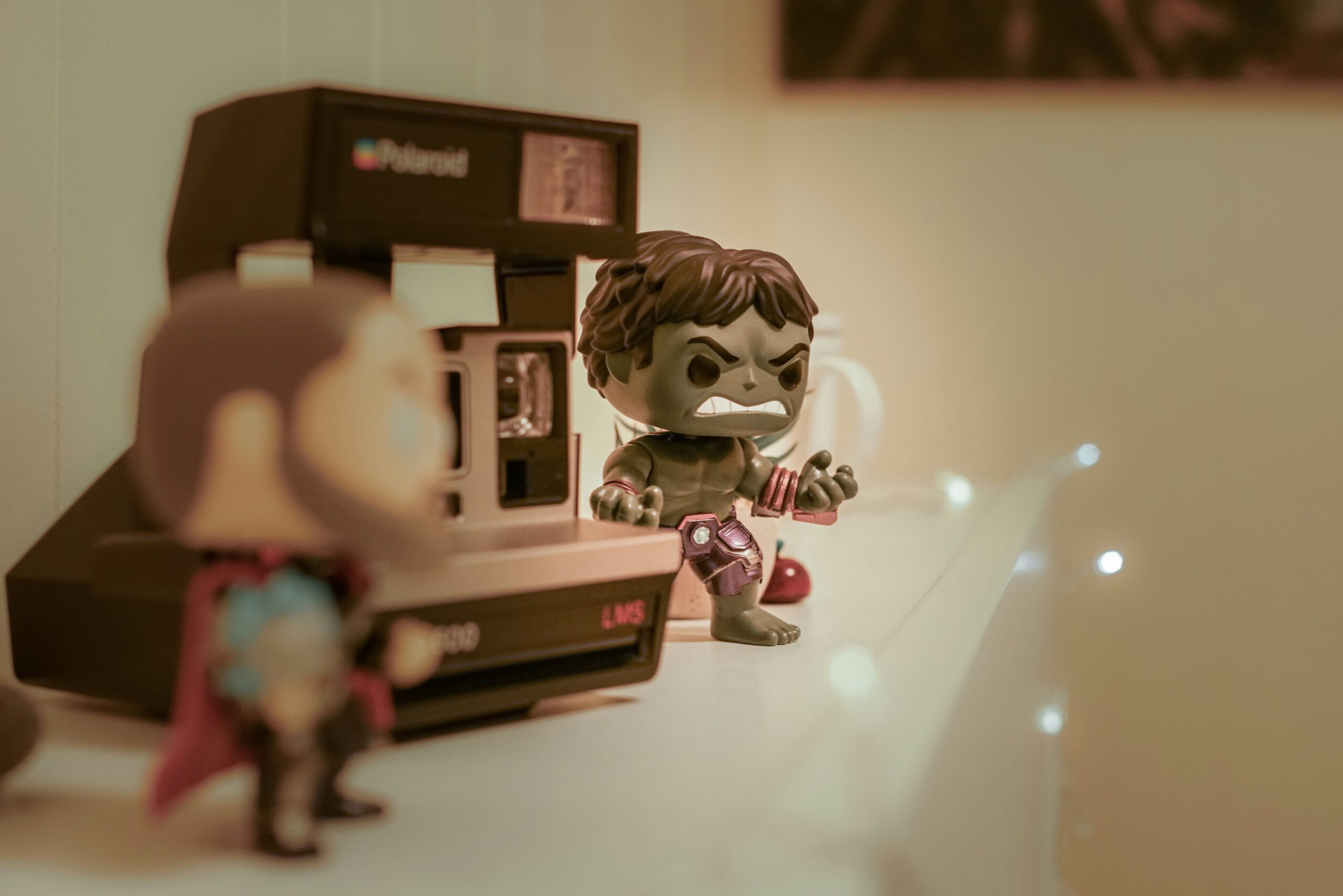Recently, Senator Christopher Coons (D-Del) introduced the STRONGER Patents Act of 2017. So far, this is the only legislation introduced in this Congress addressing any sort of patent reform. The proposal would significantly change inter partes review proceedings before the Patent and Trademark Appeal Board (“PTAB”).
What is an Inter Partes Review?
An inter partes review (“IPR”) is a third-party administrative proceeding filed with United States Patent and Trademark Office (“USPTO”) that challenges whether a patent should have been granted. An IPR can be filed any any person, is only for patents that have already been granted (that is, not for patents that are pending) and can be filed to challenge any existing US patent. In general, IPRs are allowable nine months after a patent is granted. There is a related procedure called a post-grant review (“PGR”) that applies before the nine months expires.
IPRs (and PGRs) are reviewed by the PTAB. The PTAB was created in 2012 by the America Invents Act (“AIA”).
What is the Procedure?
In brief, the procedure is this: A patent-challenger files a petition and pays a fee ($9,000 as of 2015 to start an IPR). The petition must identify all parties in interest and identify, with particularity, each claim challenged, the grounds on which the challenge is based, and the evidence that supports the grounds for the challenge. See 35 U.S. Code § 312.
Thereafter, the patent-holder files a written response and submits documentary counter-evidence. Some mechanisms exist for amending claims and settling with the challenger. If those efforts fail, eventually, the amassed piles of paper are read and reviewed by the PTAB and its staff and a decision is rendered on the validity of the various claims that have been challenged. Appeals, if any, are then taken directly to the Circuit Court of Appeals for the Federal Circuit.
What is Being Proposed by the STRONGER Patents Act?
Five of the most significant proposed changes are discussed below.
1. Limiting Who Can Bring an IPR
Under the AIA, any person or entity (other than the patent-holder) can file an IPR. Coupled with the reduced evidentiary burdens discussed below, by allowing any third-party to file challenge petitions, the AIA encouraged political and social activists to become involved in patent validity issues.
The proposed STRONGER Patents Act of 2017 would eliminate such activity. Under the proposed law, IPR (and PGR) petitions could be filed only by persons/entities that have been sued by the patent holder or by those who have been charged with infringement. According to Senator Coons, this would limit IPR/PGR standing to those parties with a financial or business interest in the patent.
2. Changing Claim Construction: Same for PTAB and District Courts
The PTAB has for years used its own standard for claim construction, the so-called “broadest reasonable construction” standard. The federal courts, however, use a narrower standard of claim construction that gives claims their “ordinary meaning as understood by a person of skill in the art” pursuant to 35 U.S.C. Section 282(b). The US Supreme Court recently upheld the PTAB use of its own standard. See Cuozzo Speed Technologies, LLC v. Lee, 136 S. Ct. 2131 (2016).
Claim construction is used at several points in the patent process:
At the beginning to determine patentability by comparing the new claim to prior art,
During infringement cases to determine if some other device or process is infringing, and
In proceeding to challenge patent validity.
Patents are almost always complex and require a detailed understanding of the nature of the process or device, the properties of materials, how raw materials interact, how various methods produce certain results, etc. Claim construction involves looking at the patent/proposed patent and then construing the claim(s) made to give them definition/scope. That definition/scope is then used at the various stages to make a comparison with prior art and/or an alleged infringement.
How the claim is constructed makes a huge difference in the outcome. A broad claim creates a very broad target for potential invalidity (e.g., §102 lack of novelty or §103 obviousness).
Sen. Coons’ STRONGER Patents Act would require the PTAB to abandon the “broadest reasonable construction” standard for IPRs/PGRs and use the claim construction standard used by the district courts.
3. Raising the Burden of Proof and Adding a Presumption of Validity
Under 35 USC § 282(a), in a federal district court proceeding, there is a statutory presumption that a challenged patent is valid. Legal presumptions establish which party is required to prove some fact or another. Having to prove something is more difficult than having to defend. Where a presumption of validity exists, the patent-challenger must prove invalidity, which is difficult for the patent-challenger. In the absence of the presumption, the patent-holder must prove validity, which is difficult for the patent-holder.
For an IPR proceeding, that presumption of validity does not exist. Thus, a patent-challenger has an easier task in an IPR proceeding.
Furthermore, in the district court, showing the invalidity of a patent requires proof that is “clear and convincing.” In most civil litigation, the standard of proof used is “preponderance of the evidence.” For decades, lawyers have been telling juries and judges that “preponderance of the evidence” is like a scale, just a little bit up is “preponderance”, like winning 51% to 49%. The criminal law standard is “beyond a reasonable doubt”; maybe like winning 90% to 10%. “Clear and convincing evidence” is somewhere in the middle; maybe like winning 66.6% to 33.4%.
In IPR proceedings, the standard of proof is preponderance of the evidence. 35 U.S. Code § 316 (e). Again, a patent-challenger has an easier task in an IPR proceeding.
The STRONGER Patent Act of 2017 would change both of these. Under the proposed law, a presumption of validity would be imposed and the patent-challenger would have the burden of proving unpatentability “by clear and convincing” evidence.
4. Allowing Immediate Court Review of Decision to Allow an IPR
Currently, under 35 U.S. Code § 314(d), the Patent Office has the “final and nonappealable” decision to allow an IPR petition to move forward. The IPR is to allowed if the petition shows “a reasonable likelihood that” the challenger “would prevail.” § 314(a). This nonappealability was affirmed by the US Supreme Court in the Cuozzo Speed Technologies case mentioned above.
The proposed legislation keeps the “reasonable likelihood of success” standard, but would permit immediate interlocutory appeal to the Federal Circuit if an IPR is allowed (no appeal if the IPR is denied). In addition, the new law would clarify that the USPTO adjudicators who decide to permit an IPR/PGR are distinct from the PTAB judges who will decide the outcome of a petition.
5. Allowing Only One IPR per Claim
Sen. Coons’ STRONGER Patents Act would disallow any new petition on any claim if an IPR (or PGR) petition has already been instituted concerning that claim. Limitations would also be imposed if the validity of a claim has been litigated in federal court.
Other Changes
The STRONGER Patents Act would also change the definition of “real party in interest” to include any person making a financial contribution to a challenge, whether directly or through an affiliate. Because parties in interest must be disclosed, this change would identify more clearly the special interest groups or businesses that are seeking the IPR. There are also proposed new rules for estoppel and for what happens when competing cases are pending in federal court and before the PTAB.
Beyond the realm of IPRs and PGRs, the bill would make changes concerning induced infringement and would make it much easier for patent-holders to obtain injunctions in patent litigation.
We are doubtful that the STRONGER Patents Act of 2017 will become law, certainly not in its present form. However, as with all pertinent proposed statutory changes, we will watch with interest.
Contact Revision Legal
Revision Legal has skilled teams of lawyers and staff that can help with trade secrets, copyrights, patents and all types of litigation. We can be reached by using the form on this page or by calling us at 855-473-8474. We look forward to helping you with all of your IP legal needs.
Related Posts:
Patents 101: The Different Types of Patents
Primer For Startups: Patents Cheaper Than You Think
Patents, Trademarks and Copyrights: An Introduction


